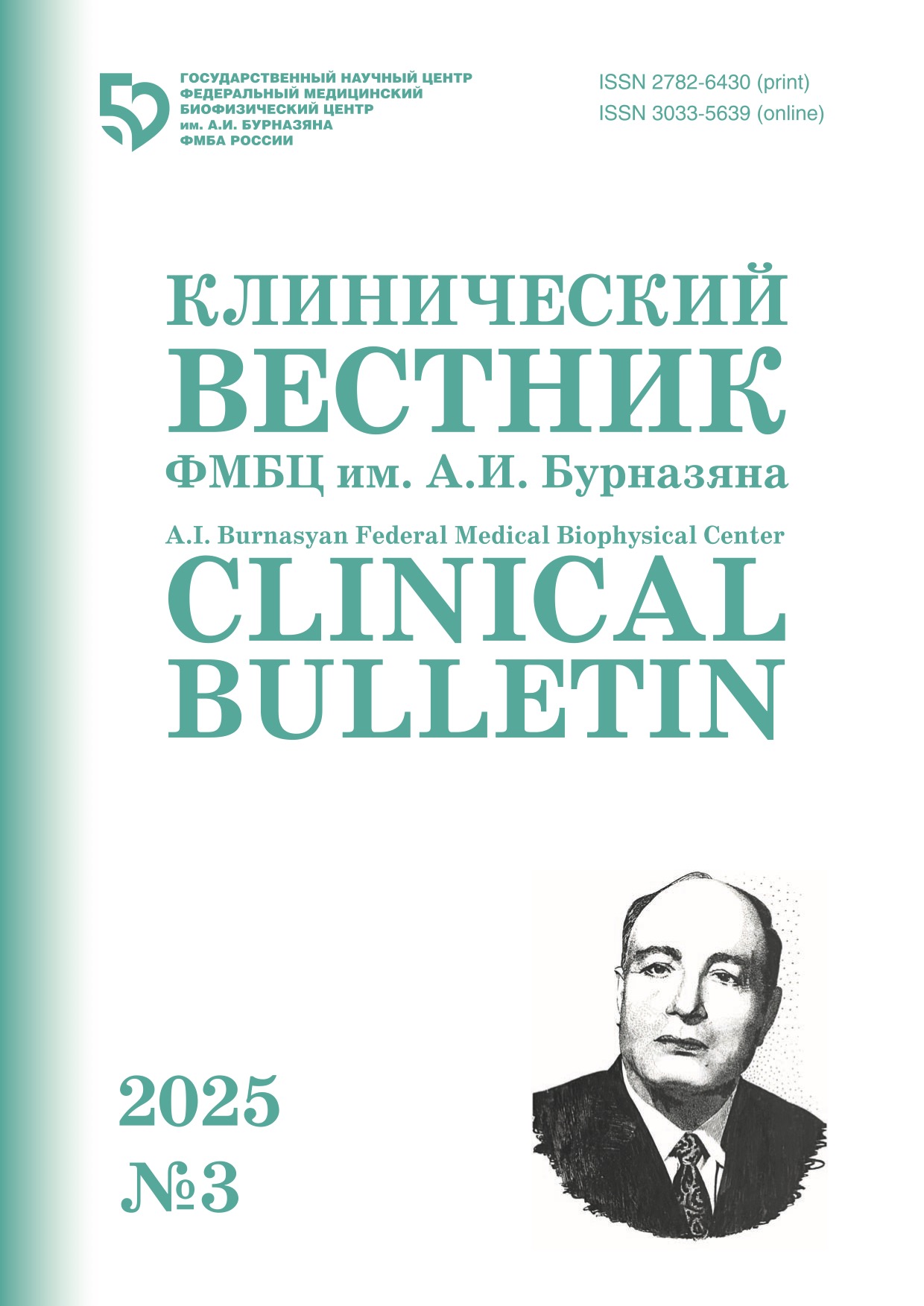A.I. Burnasyan FMBC clinical bulletin. 2023 № 3
A.A. Zavialov1, I.V. Gribkova2
Features of Elderly Patients:
How to Take Them into Account When Prescribing Anticoagulant Therapy?!
1International Office, State Research Center – Burnasyan Federal Medical Biophysical Center of Federal Medical Biological Agency, Moscow, Russiа
2State Budgetary Institution Research Institute for Healthcare Organization and Medical Management of Moscow Health Department, Moscow, Russiа
Contact person: Zavialov Alexandr Alexandrovich: azavialov@fmbcfmba.ru
Abstract
Malfunctions in the functioning of the blood coagulation system are often found in elderly patients. Age and the presence of concomitant diseases are not only risk factors for thrombosis, but also increase the likelihood of bleeding.
This significantly complicates the problem of choosing anticoagulant therapy. Thus, chronic heart failure, chronic obstructive pulmonary disease, diabetes mellitus, cancer, etc. are established prothrombotic risk factors. Acquired hemophilia and von Willebrand syndrome, factor XI or vitamin K deficiency, thrombocytopenia and thrombocytopathy, on the contrary, may be risk factors for bleeding.
Additional difficulties in prescribing anticoagulant therapy to elderly patients arise due to common problems in old age: renal failure, impaired liver function, polypharmacy, etc.
However, the presence of these features is not a reason to refuse anticoagulant therapy, since the risk of thrombosis in such patients, as a rule, exceeds the risk of bleeding.
This review details the problems that a clinician may face when prescribing anticoagulant therapy to elderly patients and provides recommendations for overcoming them. It is also reported that in the absence of contraindications, direct oral anticoagulants are the best option for the treatment of venous thromboembolic complications.
Keywords: old age, thromboprophylaxis, direct oral anticoagulants
For citation: Zavialov AA, Gribkova IV. Features of Elderly Patients: How to Take Them into Account When Prescribing Anticoagulant Therapy?! A.I. Burnasyan Federal Medical Biophysical Center Clinical Bulletin. 2023.3:35-40. (In Russian) DOI: 10.33266/2782-6430-2023-3-35-40
REFERENCES
1. Lewis S., Bain B., Bates I.; translation from English. ed. A.G. Rumyantsev. / Practical and laboratory hematology – M.: GEOTAR-Media, 2009. 672 p.
2. Spichak I.I., Volkova K.B., Basharova E.V. On modern diagnostic methods and methods for correcting conditions associated with a deficiency of natural anticoagulants (literature review with own clinical observation) / Pediatric Bulletin of the South Urals No. 1.2022. pp. 92-96.
3. Melnikova Yu.S., Makarova T.P. Endothelial dysfunction as a central link in the pathogenesis of chronic diseases. / Kazan Medical Journal V.96 No. 4. 2015.pp. 659-663.
4. Maksimova M.Yu., Airapetova A.S. Gender characteristics of individual risk factors for the development of cerebrovascular accidents. / Journal of Neurology and Psychiatry. S.S. Korsakov. Special issues. 2019;119(12‑2): pp.58‑64.
5. Andreev D.A., Zavialov A.A., Kashurnikov A.Yu., Dobrodeev A.Yu. Key criteria for assessing the quality of oncological care: foreign experience. / Russian Medical Journal. 2020. V. 26. No. 6. pp.. 421-430.
6. Menzorov M. V. et al. Renal dysfunction in patients with pulmonary embolism according to the SIRENA registry. /Russian Journal of Cardiology. Vol 26, No 2S (2021). pp.26-34.
7. Violin A.I. et al. Personalized approach to prescribing direct oral anticoagulants: from theory to practice. / Therapeutic archive No. 7, 2019.pp. 111-120.
8. Emelina E.I., Gendlin G.E., Nikitin I.G. Anticoagulant therapy in conditions of special risks of thrombosis and bleeding in cancer patients./Current issues of cardiology. No. 1. 2022.pp.3-11.
9. Petrov V.I., Shatalova O.V., Gerasimenko A.S., Gorbatenko V.S. Safety of direct oral anticoagulants in patients with atrial fibrillation and chronic kidney disease./Rational Pharmacotherapy in Cardiology. 2019;15(4) pp.531-536.
10. Tkacheva O.N. et al. Falls in elderly patients. Clinical recommendations./ Russian journal of geriatric medicine. 2021;(2):pp.153-185.
11. Vorob’eva N.M., Tkacheva O.N. The use of oral anticoagulants in elderly patients with geriatric syndromes: what’s new? / Rational Pharmacotherapy in Cardiology. 2020;16(6) pp.984-993.
12. Drobizhev M.Yu., Fedotova A.V., Kikta S.V., Antokhin E.Yu. Pharmacotherapy and dementia. / Journal of Neurology and Psychiatry. 2016; (10): pp.110-116.
13. Anosova E., Filimonov M., Proschaev K. et al. Polymorbidity – polypharmacy – deprescribing: current trends in the pharmacotherapy of geriatric patients and its optimization / Vrach. –2019; 30(6):pp.17–23.
14. Savinova A.V. et al. Pharmacokinetics and pharmacogenetics of endoxaban. / Siberian Medical Review. 2020;(6):pp.26-35.
15. Cherubini A, Carrieri B, Marinelli P. Advantages and disadvantages of direct oral anticoagulants in older patients. Geriatric Care. 2018; 4: P.7227.
Conflict of interest. The authors declare no conflict of interest.
Financing. The study had no sponsorship.
Contribution. Article was prepared with equal participation of the authors.
Article received: 10.06.2023. Accepted for publication: 12.07.2023


